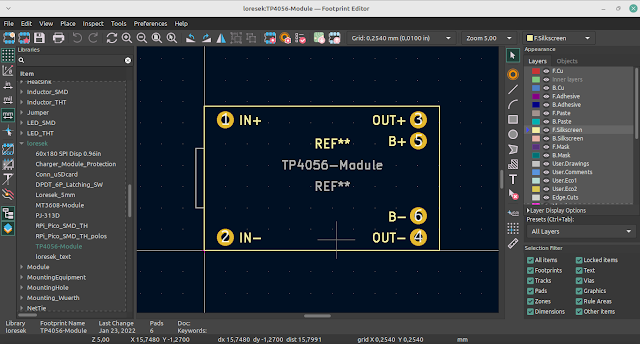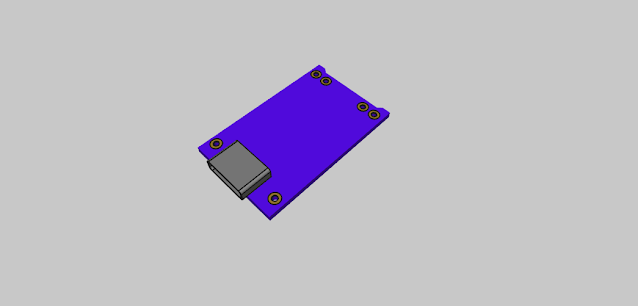MX_V2 - KiCad Libraries of keyboard switch footprints
Introduction to MX_V2 - KiCad Libraries
In the world of electronics design and mechanical keyboard enthusiasts, precision and attention to detail are paramount. The "MX_V2 - KiCad Libraries" project is a treasure trove of KiCad libraries specifically tailored for keyboard switch footprints.
KiCad is an open-source electronic design automation (EDA) suite that allows engineers, hobbyists, and makers to create and design printed circuit boards (PCBs) with precision. These libraries, developed by the talented contributor "ai03-2725," are an invaluable resource for anyone involved in the mechanical keyboard community or PCB design involving keyboard switches.
Download the Libraries
To access these comprehensive libraries and incorporate them into your KiCad workflow, simply visit the GitHub repository below:
You can download the libraries and start using them right away.
These libraries are meticulously organized and include a wide range of footprints for various mechanical keyboard switches, ensuring compatibility with your keyboard design project.
Tips on How to Use
Here are some tips on how to effectively utilize the "MX_V2 - KiCad Libraries" in your KiCad projects:
- Installation: After downloading the libraries, it's essential to install them correctly in KiCad. Typically, you'll need to place the library files in the appropriate KiCad library folder. Refer to the KiCad documentation or community resources for detailed instructions on library installation.
- Selecting Footprints: When designing a PCB for a mechanical keyboard, carefully choose the switch footprints that match the switches you plan to use. The "MX_V2" libraries offer a wide variety of footprints to accommodate different switch types and configurations.
- Import and Placement: Within KiCad's PCB layout tool, you can easily import these footprints into your project and place them on your PCB design canvas. Ensure precise placement and alignment to guarantee a functional PCB.
- Check Compatibility: Double-check that the selected footprints match your switches' specifications, including pin count, pitch, and orientation.
- Community Support: The mechanical keyboard and KiCad communities are excellent resources for guidance and support. If you encounter any challenges or have questions, don't hesitate to seek assistance from fellow enthusiasts and experts.
Conclusion
The "MX_V2 - KiCad Libraries" project by "ai03-2725" is a testament to the power of open-source collaboration and the dedication of enthusiasts to their craft. These meticulously crafted KiCad libraries provide a robust foundation for designing PCBs for mechanical keyboards, ensuring precision and compatibility with various switch types.
Whether you're a seasoned PCB designer or a mechanical keyboard enthusiast embarking on your first keyboard project, these libraries offer an invaluable resource for creating custom PCBs tailored to your specific needs. By integrating these libraries into your KiCad workflow, you can streamline the design process, reduce the risk of errors, and bring your mechanical keyboard projects to life with precision and ease.











